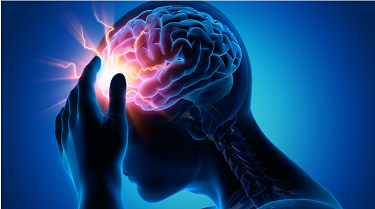10 Jul Concussion Part 2 – Return To Play

Just about all major sports have guidelines for returning to play following a concussion. These are based on an international set of guidelines, established by a very large group of experts on concussion. Every couple of years these experts get together and discuss what new evidence has been discovered, and what is working or not working well. They then publish an updated concussion management protocol for us to use.
Though there has been some fine tuning in the latest guidelines, the return to play protocol has not changed noticeably over the last 4 years. This suggests it is very robust and works well. Its aim is to get a player back to sport as soon as possible, but with player safety a paramount focus.
The protocol is individually focused, unlike older guidelines which were time based. This change is important as all concussions are different, and they all recover differently. You may have had a large collision and recover quickly, but just as likely had a minor knock and take some time to recover.
The return to play protocol has a number of stages you need to pass before you can resume playing. You also need a final medical clearance from an experienced doctor. In each stage you are allowed to do a bit more than before, but to progress, your symptoms need to be stable. The stages consist of 1. Rest, 2. Light aerobic activity, 3. Sport specific activity and weights, 4. Contact training, and finally 5. Return to sport.
In normal circumstances we expect adults to pass through these stages in approximately 2 weeks. Children and adolescents (U18), because of their developing brain tend to recover slower, so typically will take a month to recover. However different sports have different rules and minimal timeframes, so these still need to be followed even if you feel recovered.
Some concussions have a delayed recovery. There are multiple possible reasons for this, but two common ones are the involvement of the neck or the balance system. These two regions can reproduce symptoms similar to those of a concussion. An assessment by an experienced physiotherapist can help determine if this is the case. Treatment to these regions will then help recovery.


Sorry, the comment form is closed at this time.